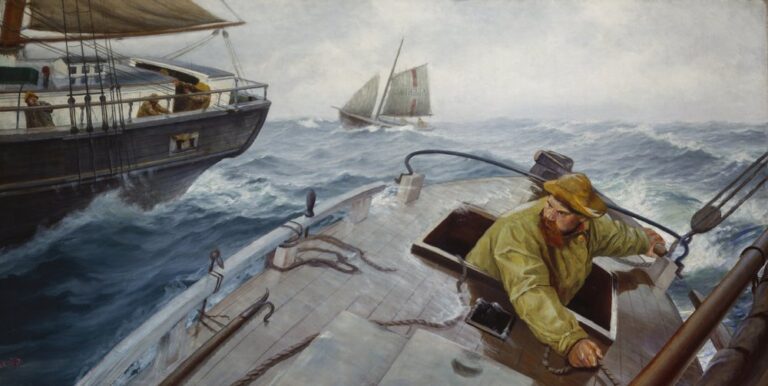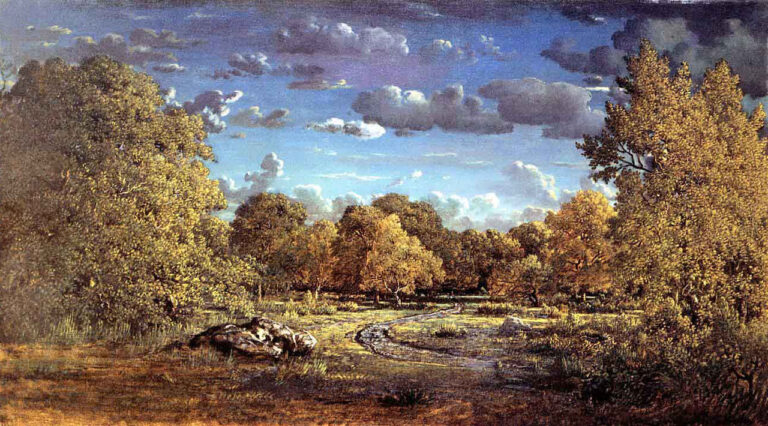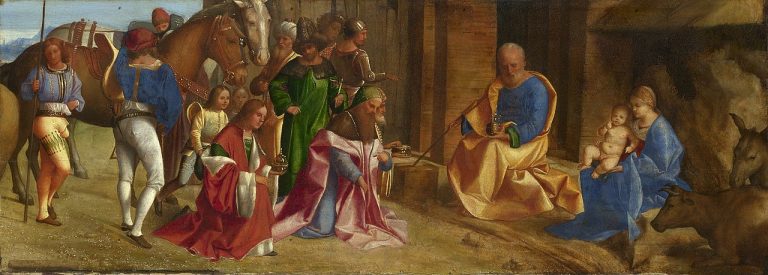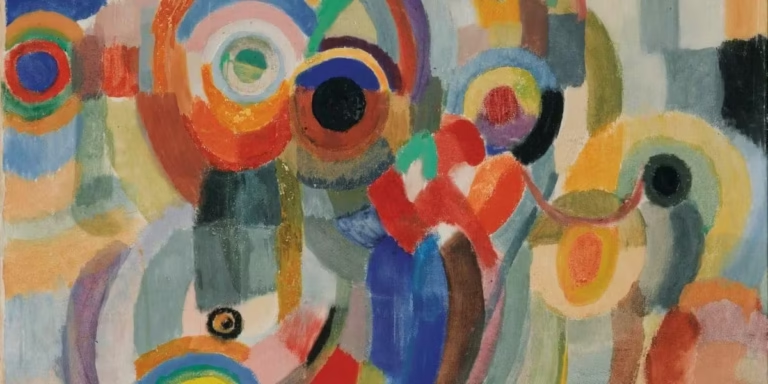John Trumbull Painter: Revolutionary War Artist and Historical Chronicler
Born: June 6, 1756, Lebanon, Connecticut
Death: November 10, 1843, New York City, U.S.
Art Movement: Neoclassicism
Nationality: American
Teacher: Benjamin West
Institution: Harvard College and Yale University
John Trumbull Painter: Revolutionary War Artist and Historical Chronicler
Life and Education of John Trumbull
John Trumbull was born into a prominent family in colonial Connecticut. He showed artistic talent from a young age and pursued higher education before becoming a renowned painter.
Early Life in Lebanon, Connecticut
John Trumbull was born on June 6, 1756, in Lebanon, Connecticut. His father, Jonathan Trumbull, was the governor of Connecticut. The Trumbull family were descendants of early Puritan settlers.

The Sortie Made by the Garrison of Gibraltar (1789)
Young John grew up in a wealthy and privileged environment. He displayed a natural talent for drawing as a child. This early interest in art shaped his future career path.
Academic Pursuits at Harvard College and Yale University
Trumbull entered Harvard College at age 15 in 1771. He studied there for two years before transferring to Yale University in 1773.
At Yale, he continued to develop his artistic skills. He painted landscapes and copied prints in his spare time. Trumbull graduated from Yale in 1773 at the age of 17.
After college, Trumbull briefly taught school. He soon decided to focus on art full-time. This choice led him to become one of America’s most important early painters.
Artistic Career and Revolutionary Involvement
John Trumbull’s artistic career was deeply shaped by his experiences in the American Revolution. His paintings captured key moments and figures from the war, establishing him as a prominent historical painter.
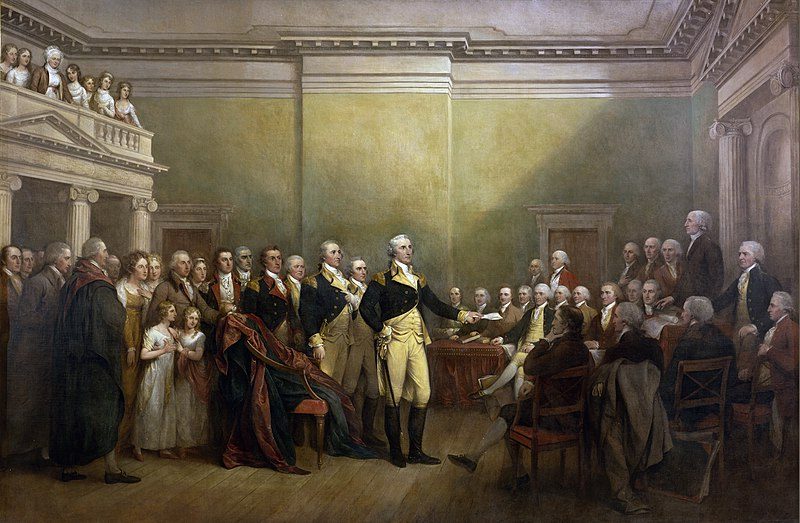
General George Washington Resigning His Commission (1824)
Influence of the American Revolution
Trumbull served in the Continental Army during the Revolutionary War. This firsthand experience gave him unique insights into the conflict. He witnessed battles and met many important figures. These experiences later informed his art.
After the war, Trumbull decided to document the revolution through painting. He felt it was important to preserve the visual history of America’s founding. This decision set the course for much of his artistic career.
Collaboration with Benjamin West and Historical Paintings
Trumbull studied under Benjamin West in London. West encouraged him to paint scenes from the American Revolution. This advice shaped Trumbull’s focus on historical subjects.
With West’s guidance, Trumbull began creating large-scale history paintings. These works depicted key events like the signing of the Declaration of Independence. He also painted battles and portraits of revolutionary leaders.
Trumbull’s paintings combined accuracy with dramatic flair. He aimed to create stirring scenes that would inspire patriotic feelings in viewers.
Notable Works and Portraiture

The Declaration of Independence (1819) by John Trumbull
Some of Trumbull’s most famous works include:
- “Declaration of Independence” (1818)
- “Surrender of Lord Cornwallis” (1820)
- “The Death of General Warren at the Battle of Bunker’s Hill” (1786)
These paintings hang in the U.S. Capitol Rotunda. They have become iconic images of the American Revolution.
Trumbull also painted many portraits. His subjects included George Washington, John Adams, and Alexander Hamilton. These portraits provide valuable records of the revolution’s key figures.
His attention to detail and personal knowledge of his subjects made his work highly valued. Trumbull’s paintings remain important historical documents and works of art.
Legacy and Impact
John Trumbull’s paintings and career left a lasting mark on American art and history. His works continue to shape how we view key events from the Revolutionary War era.

The Death of General Warren at the Battle of Bunker’s Hill, June 17, 1775 (painted in 1786)
Role in American Art and the Yale University Art Gallery
Trumbull’s paintings of the American Revolution are some of the most iconic images of early U.S. history. His four large works in the U.S. Capitol rotunda, including “Declaration of Independence,” helped cement his reputation as the “Painter of the Revolution.”
The Yale University Art Gallery houses many of Trumbull’s works. In 1831, he gave over 100 paintings to Yale in exchange for an annuity. This collection formed the basis of the Trumbull Gallery, which later became part of the Yale University Art Gallery.
Trumbull’s style blended European techniques with American subjects. He studied under Benjamin West in London and was influenced by Jacques-Louis David’s Neoclassicism. This training shows in his careful compositions and attention to detail.
Memorialization and Tributes
Many places honor Trumbull’s legacy. The John Trumbull Birthplace in Lebanon, Connecticut is now a museum. It showcases his early life and career.
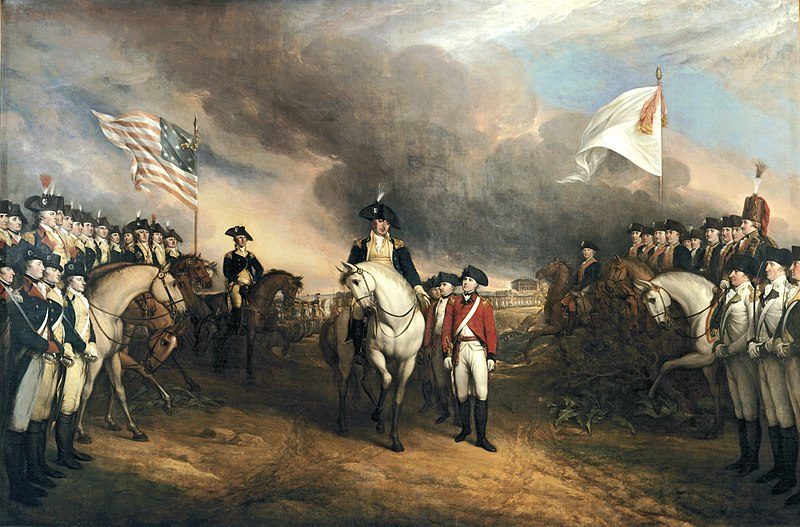
John Trumbull’s Surrender of Lord Cornwallis (1820)
During the U.S. Bicentennial in 1976, Trumbull’s works got new attention. His paintings were featured on stamps and in exhibits across the country. This renewed interest highlighted his role in shaping America’s visual history.
Trumbull’s portraits of key figures like John Adams and Thomas Jefferson are still widely used. These images help modern viewers connect with the Founding Fathers. His landscape paintings also show early views of American scenery, preserving a glimpse of the young nation.
Frequently Asked Questions
John Trumbull was an important American painter known for his Revolutionary War scenes. His life and work shaped how Americans viewed their early history through art.
When was John Trumbull born?
John Trumbull was born on June 6, 1756 in Lebanon, Connecticut. He came from a prominent family – his father Jonathan Trumbull was the Governor of Connecticut.
What paintings is John Trumbull famously known for?
Trumbull is most famous for his large-scale history paintings of the American Revolution. His best known work is “Declaration of Independence”, which hangs in the U.S. Capitol Rotunda.
He also painted other key Revolutionary scenes like “The Surrender of Lord Cornwallis” and “The Death of General Warren at the Battle of Bunker’s Hill”.
Why was John Trumbull an important figure in art history?
Trumbull helped establish history painting as an American art form. He brought European artistic techniques to the U.S. and applied them to American subjects.
His detailed, dramatic scenes of the Revolution shaped how later generations imagined those events. He gave visual form to the founding myths of the new nation.
How did John Trumbull contribute to the portrayal of American history?
Trumbull’s paintings created lasting images of America’s founding moments. He interviewed participants and studied documents to make his scenes as accurate as possible.
His work combined artistic skill with historical research. This approach influenced later artists who painted American history scenes.
Where can John Trumbull’s artworks be found today?
Many of Trumbull’s most famous paintings are in the U.S. Capitol Building in Washington, D.C. Others can be seen at Yale University Art Gallery and the Museum of Fine Arts in Boston.
Some of his works are also held by the Metropolitan Museum of Art in New York and other major American museums.
Did John Trumbull have any family or descendants?
John Trumbull never married and had no children. His family line ended with him. But his artistic legacy lived on through his many students and the painters he influenced.



